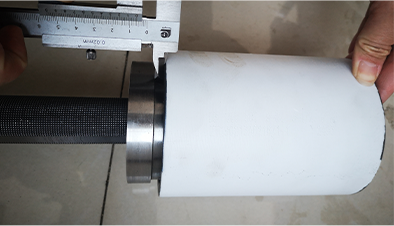- Afrikaans
- Albanian
- Amharic
- Arabic
- Armenian
- Azerbaijani
- Basque
- Belarusian
- Bengali
- Bosnian
- Bulgarian
- Catalan
- Cebuano
- Corsican
- Croatian
- Czech
- Danish
- Dutch
- English
- Esperanto
- Estonian
- Finnish
- French
- Frisian
- Galician
- Georgian
- German
- Greek
- Gujarati
- Haitian Creole
- hausa
- hawaiian
- Hebrew
- Hindi
- Miao
- Hungarian
- Icelandic
- igbo
- Indonesian
- irish
- Italian
- Japanese
- Javanese
- Kannada
- kazakh
- Khmer
- Rwandese
- Korean
- Kurdish
- Kyrgyz
- Lao
- Latin
- Latvian
- Lithuanian
- Luxembourgish
- Macedonian
- Malgashi
- Malay
- Malayalam
- Maltese
- Maori
- Marathi
- Mongolian
- Myanmar
- Nepali
- Norwegian
- Norwegian
- Occitan
- Pashto
- Persian
- Polish
- Portuguese
- Punjabi
- Romanian
- Russian
- Samoan
- Scottish Gaelic
- Serbian
- Sesotho
- Shona
- Sindhi
- Sinhala
- Slovak
- Slovenian
- Somali
- Spanish
- Sundanese
- Swahili
- Swedish
- Tagalog
- Tajik
- Tamil
- Tatar
- Telugu
- Thai
- Turkish
- Turkmen
- Ukrainian
- Urdu
- Uighur
- Uzbek
- Vietnamese
- Welsh
- Bantu
- Yiddish
- Yoruba
- Zulu
Types of Stainless Steel Couplings for 1 inch Applications and Their Benefits
Understanding Stainless Steel Couplings The Importance of 316 Stainless Steel
Stainless steel couplings are critical components in a variety of industrial and plumbing applications. These fittings connect two shafts or pipes, ensuring fluid transfer and mechanical integrity in systems ranging from water supply to chemical processing. Among the various grades of stainless steel used to manufacture couplings, 316 stainless steel is often favored for its exceptional corrosion resistance and strength.
Why Choose Stainless Steel Couplings?
Stainless steel is renowned for its durability and resistance to rust and corrosion, making it an ideal choice for both indoor and outdoor applications. These couplings can withstand extreme temperature fluctuations and varying environmental conditions. They are also easy to maintain, requiring little more than regular cleaning. This longevity reduces downtime and maintenance costs significantly, making stainless steel couplings a cost-effective investment for many industries.
The Superiority of 316 Stainless Steel
When it comes to stainless steel couplings, 316 stainless steel stands out due to its unique composition. It contains molybdenum, which enhances its resistance to pitting and crevice corrosion, especially in chloride environments. This makes 316 stainless steel a preferred option in marine applications and for installations near saltwater.
stainless steel coupling 1 2

In addition to corrosion resistance, 316 stainless steel couplings offer high tensile strength and can withstand high pressures, making them suitable for high-stress applications. They are often used in food processing, pharmaceuticals, and even in chemical storage tanks, where reliability and hygiene are paramount.
Applications and Installation
Stainless steel couplings can be found in a variety of applications, including HVAC systems, water supply networks, and oil and gas pipelines. Installation is typically straightforward, often requiring standard tools for secure fittings. It is essential to match the right coupling size and type to the specific pipes or shafts to ensure a leak-free connection.
Conclusion
In summary, stainless steel couplings, particularly those made from 316 stainless steel, offer undeniable advantages in numerous industrial applications. Their resistance to corrosion, high mechanical strength, and ease of maintenance make them an excellent choice for anyone looking to ensure the longevity and reliability of their piping and mechanical systems. As industries continue to prioritize quality and efficiency, the demand for robust components like stainless steel couplings is likely to remain strong.
-
Tubing Pup Joints: Essential Components for Oil and Gas OperationsNewsJul.10,2025
-
Pup Joints: Essential Components for Reliable Drilling OperationsNewsJul.10,2025
-
Pipe Couplings: Connecting Your World EfficientlyNewsJul.10,2025
-
Mastering Oilfield Operations with Quality Tubing and CasingNewsJul.10,2025
-
High-Quality Casing Couplings for Every NeedNewsJul.10,2025
-
Boost Your Drilling Efficiency with Premium Crossover Tools & Seating NipplesNewsJul.10,2025







